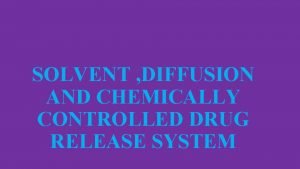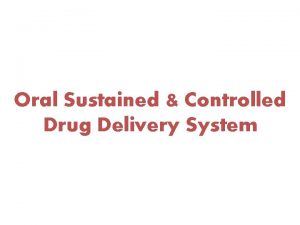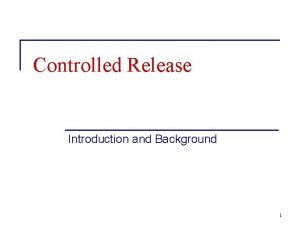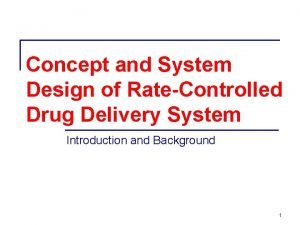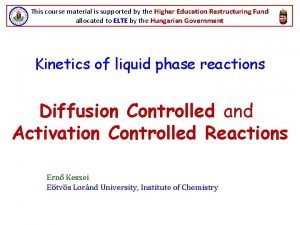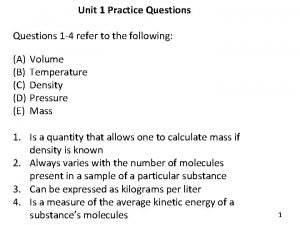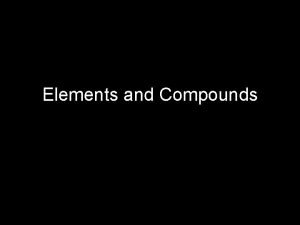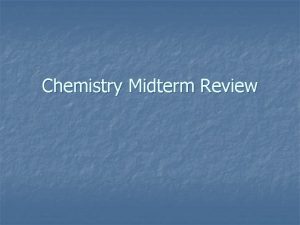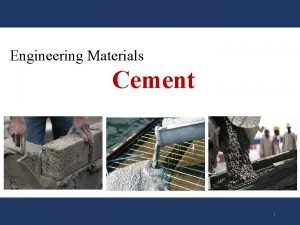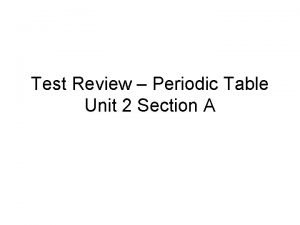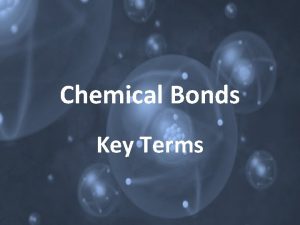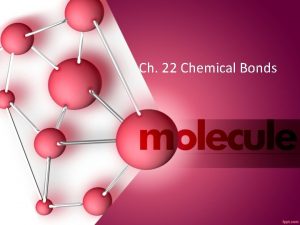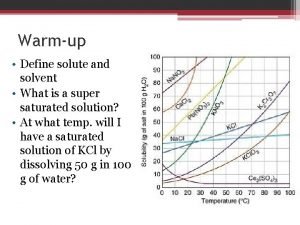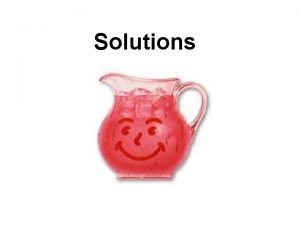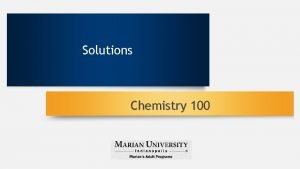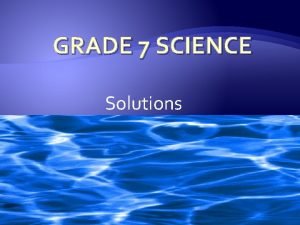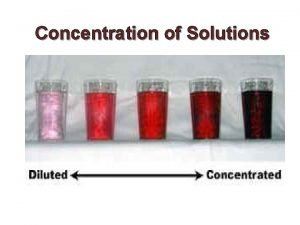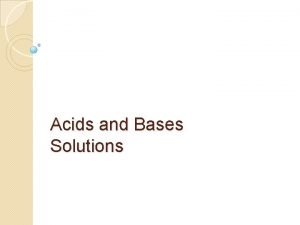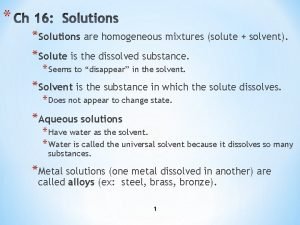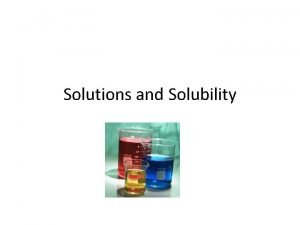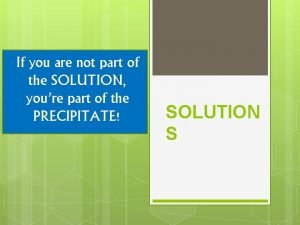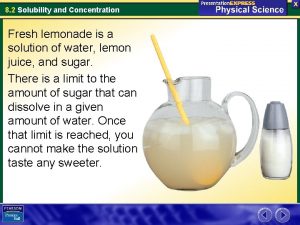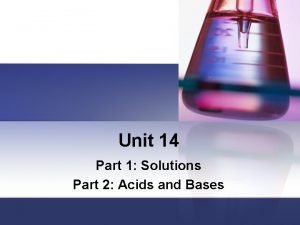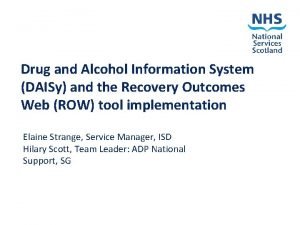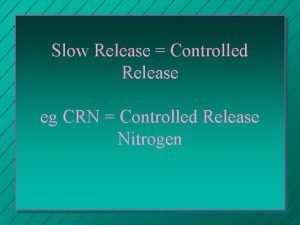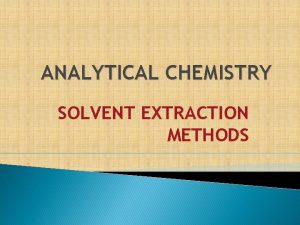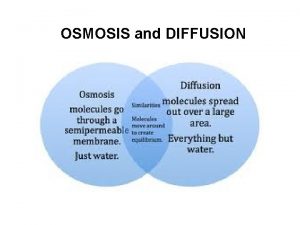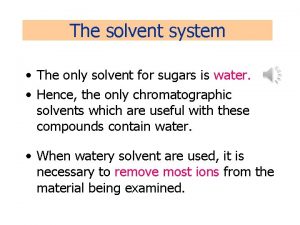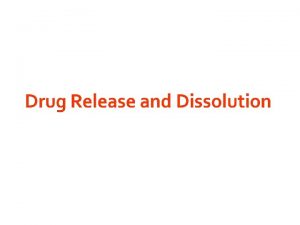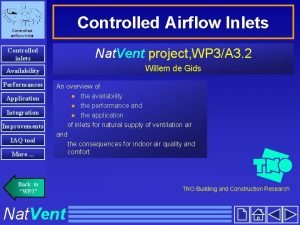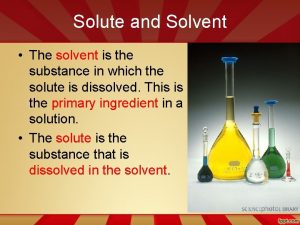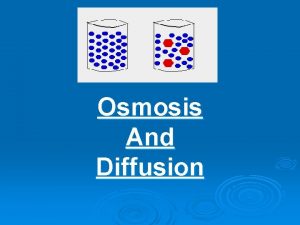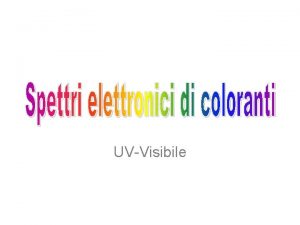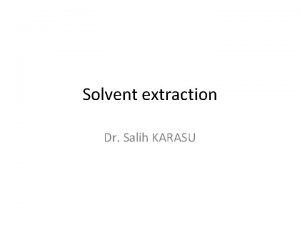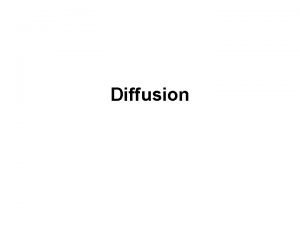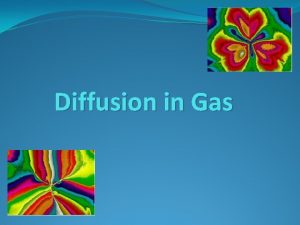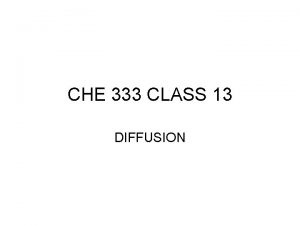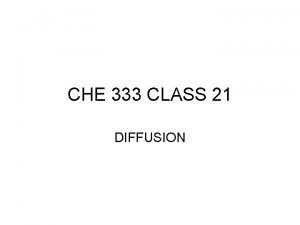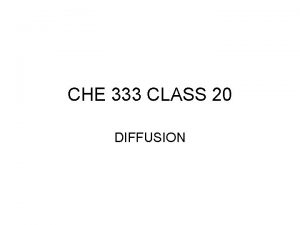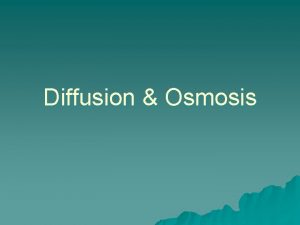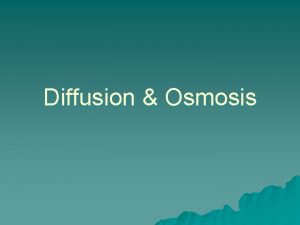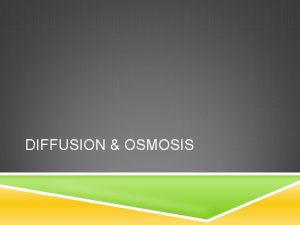SOLVENT DIFFUSION AND CHEMICALLY CONTROLLED DRUG RELEASE SYSTEM

































- Slides: 33

SOLVENT , DIFFUSION AND CHEMICALLY CONTROLLED DRUG RELEASE SYSTEM


DRUG RELEASE FROM POLYMERIC SYSTEMS • There are three types of polymeric controlled drug delivery systems, these are: 1. DIFFUSION-CONTROLLED SYSTEMS § Monolithic (Matrix) devices § Reservoir devices 2. SOLVENT-CONTROLLED SYSTEMS § Osmotically controlled devices. § Swelling-controlled devices 3. CHEMICALLY-CONTROLLED SYSTEMS

SOLVENTCONTROLLED SYSTEMS

solvent-controlled systems • In solvent-controlled systems, the active agent is released as a consequence of controlled penetration of a solvent (water) into the device. • Two general mechanism are • Osmosis • swelling



SWELLING CONTROLLED DEVICES • The active agent is homogeneously dispersed in a GLASSY polymer. • When the device is placed in aqueous environment, water begins to penetrate in the matrix and swelling takes place. • As a consequence, monomer chains relax and the active agent begins to diffuse from the swollen layer.

RELEASE RATE • Drug release is a function of rate of uptake of water from the surrounding media and the rate of drug diffusion. • Matrix design/composition, as well as drug affect the release rate

EXAMPLE • Syncro-Mate-B implant • Ethylene glycomethacrylate • Hydrogels (Hydron S): For subcutaneous administration of norgestomet • Potent progestin

ADVANTAGES/DISADVANTAGES • ADVANTAGES: • Bio compatibility • Good permeability of the drug molecules as the matrix swell • DISADVANTAGES: • Potential variability in drug release • Low tensile strength upon swelling




OSMOTICALLY CONTROLLED DEVICES • An external fluid containing a very low concentration of drug moves across semi permeable membrane to a region inside a device where drug is in high concentration. • The inward movement of the fluid forces the dissolved drug out of the device through a small orifice.



EXAMPLES • ALZA osmotic pumps. • ADVANTAGES: • Operation independent of active agent properties • Ability to deliver macromolecules • Constant delivery rates higher than those acheivale by diffusional devices • DISADVANTAGES • Principal barrier to development • Membrane must have an extremely high water permeability to produce an osmotic pressure high enough to achieve useful drug release



DIFFUSION CONTROLLED SYSTEMS




RESERVOIR DEVICES • The active agent is surrounded by a nonporous, homogeneous ratecontrolling membrane. • RELEASE RATE: zero order • ADVANTAGE • Constant release • DISADVANTAGE • Possibility of drug dumping • Boundary layer effects • Complex manufacturing process • EXAMPLE: • Ocusert


MONOLITHIC(MATRIX) DEVICES • The therapeutic agent is intimately mixed in a rate controlling polymer. • Active agent may be dissolved or dispersed within the polymer matrix. • Release rate: first order • ADVANTAGE: • simple and convenient preparation. • Drug dumping is not a problem. • DISADVANTAGE: • Variable release rate

CHEMICALLYCONTROLLED SYSTEMS

• Rate of active agent release from the polymer is controlled by a chemical reaction that can be hydrolytic or enzymatic cleavage of a labile bond, ionization or protonation. • Drug is covalently attached to the polymer backbone, possibility of targeting, . • Drug contained in a core surrounded by a bioerodible ratecontrolling membrane. Combine the attributes of a reservoir type device and bioerodibility. • Drug is homogeneously dispersed in a polymer, release is controlled by diffusion, by a combination of diffusion and erosion or by erosion as shown in figures. • ADVANTAGE: biodegradation and elimination of the device, particularly important for implants




 Advantages of controlled drug delivery system
Advantages of controlled drug delivery system Extended release vs sustained release
Extended release vs sustained release Ocusert definition
Ocusert definition Extended release vs sustained release
Extended release vs sustained release Diffusion controlled reaction
Diffusion controlled reaction Does osmosis require energy
Does osmosis require energy What is expansion diffusion
What is expansion diffusion Exhausted drug
Exhausted drug Which substance can be decomposed chemically
Which substance can be decomposed chemically Which substance can be decomposed chemically
Which substance can be decomposed chemically Ba element
Ba element Chemistry midterm review
Chemistry midterm review Chemically peculiar stars
Chemically peculiar stars What is the primary purpose of a shampoo service
What is the primary purpose of a shampoo service Classification of cement
Classification of cement Chemically reactive
Chemically reactive A compound that has water chemically attached to it
A compound that has water chemically attached to it Is o2ionic or covalent
Is o2ionic or covalent Afro celt sound system
Afro celt sound system Distributor valve function
Distributor valve function Define solute and solvent
Define solute and solvent Solute vs solvent
Solute vs solvent Saturated vs unsaturated solution
Saturated vs unsaturated solution What is solute in science grade 7
What is solute in science grade 7 Solute
Solute Solute of rubbing alcohol
Solute of rubbing alcohol Homogeneous mixture of a solute in a solvent
Homogeneous mixture of a solute in a solvent Sweet tea solute and solvent
Sweet tea solute and solvent Chapter 1 matter and change worksheet answers
Chapter 1 matter and change worksheet answers C2h6o
C2h6o Is carbon dioxide in lemonade a suspension
Is carbon dioxide in lemonade a suspension Solute and solvent in vinegar
Solute and solvent in vinegar Which type of drugs are distributed by the envelope method
Which type of drugs are distributed by the envelope method Daisy drug and alcohol
Daisy drug and alcohol
